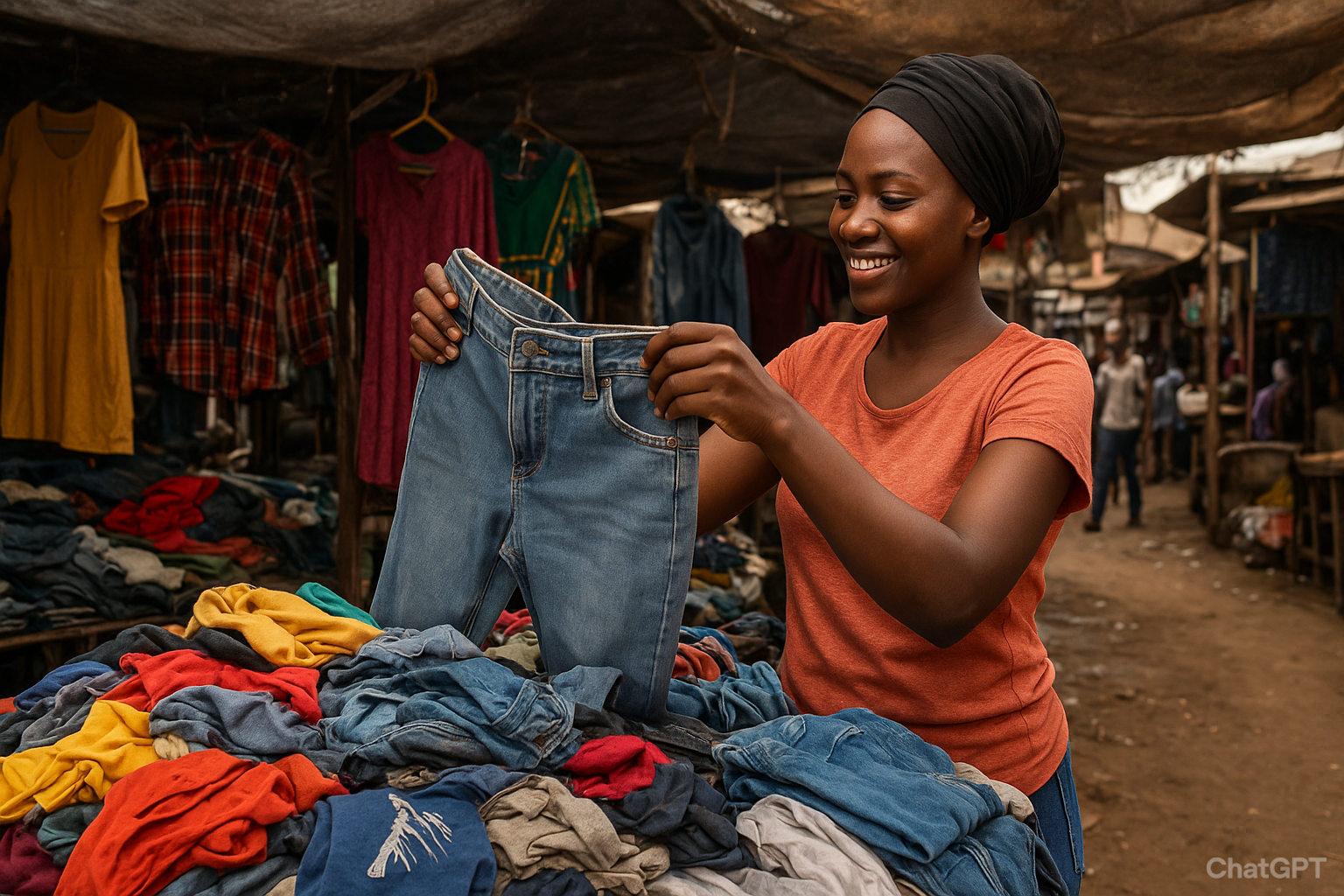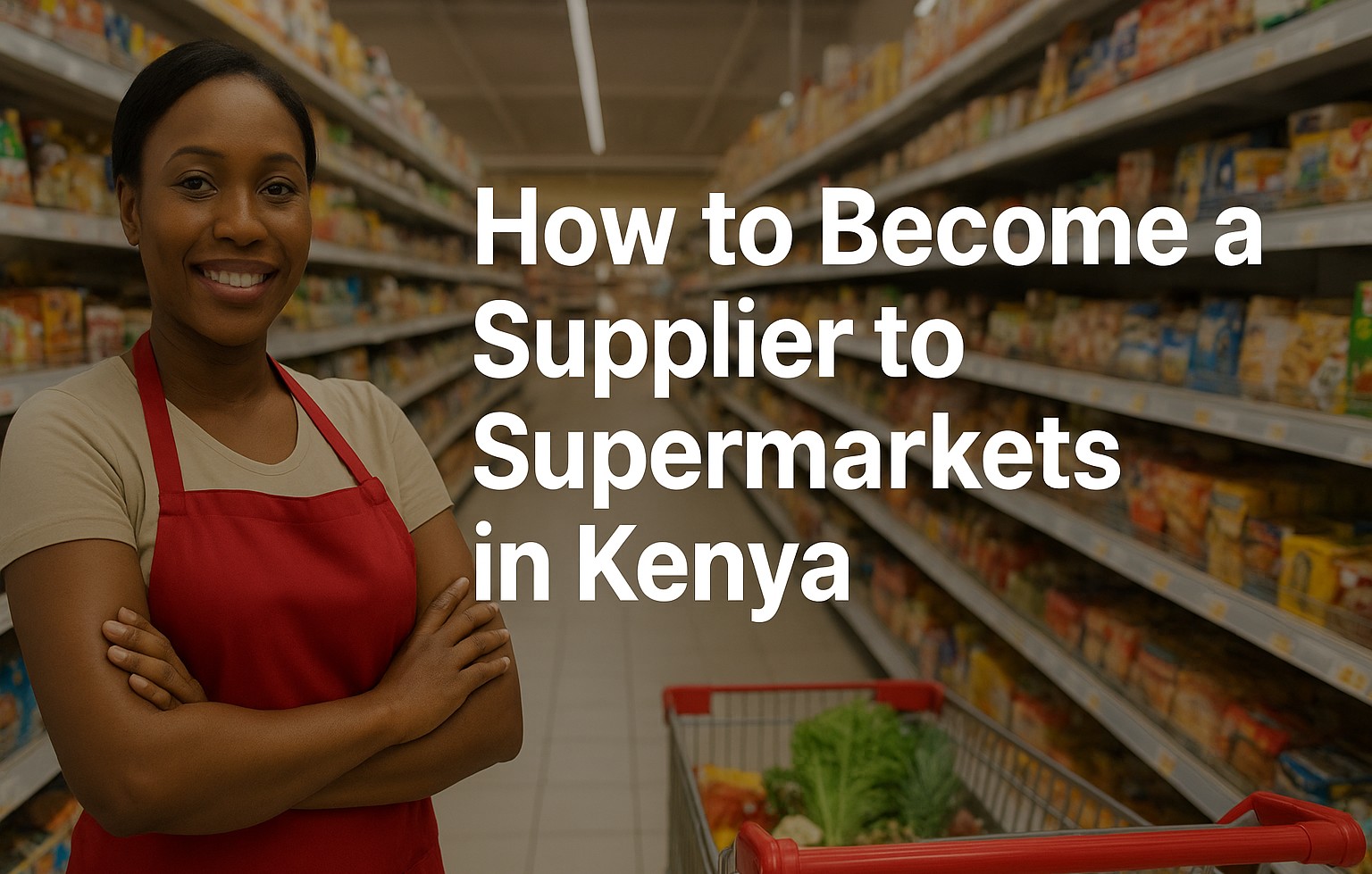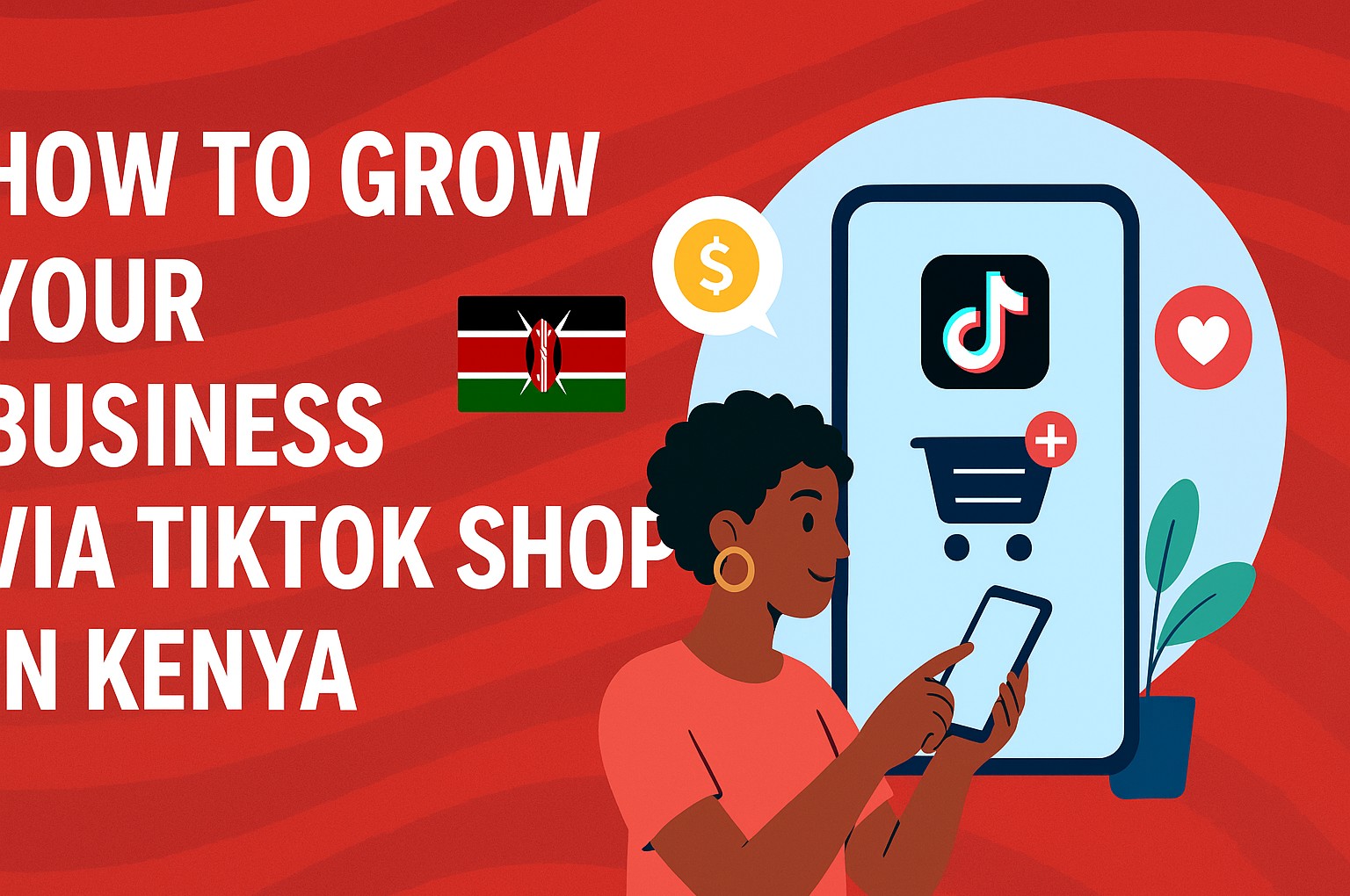

Titus Morebu
Author
How to Start a Mitumba Business in Kenya 2025: Step-by-Step Guide for Success
Begin a profitable mitumba business in Kenya 2025 with this full guide: legal steps, startup capital, sourcing stock, pricing & scaling your second-hand clothes venture.
Introduction
Starting a mitumba (second-hand clothes) business in Kenya in 2025 presents a compelling opportunity: low entry barriers, high demand, and flexible growth paths. But recent legal changes, tax amendments, and shifting trends make it essential to plan carefully. This guide gives you everything you need to launch and grow a mitumba business that’s compliant, profitable, and resilient.
Why Mitumba Is Still a Strong Business Choice
- High demand among budget-conscious consumers in towns, estates, and rural markets.
- Wide variety: from children’s wear, ladies' tops, shoes, jackets, to denim—multiple niches to pick.
- Scalability: start from small pieces or camera stock, then move to bales, stalls, shops or online.
- Flexible location options: open-air market stall, kiosk, or even home and online sales.
- Lower cost per item when buying in bulk: economies of scale make margins bigger.
Important Legal & Regulatory Updates for 2025
Before you begin, be aware of recent changes in Kenya’s laws affecting mitumba:
- The **Finance Bill 2025** introduced new duties on imported textiles and used clothing, including the Import Declaration Fee (IDF) and Railway Development Levy (RDL). These add extra cost when importing mitumba bales. Ensure you include these in cost projections. 🏛️
- You’ll need to register your business legally (sole proprietor, partnership or company) via eCitizen or other official channels.
- Obtain necessary permits: Single Business Permit from your county government is essential. Also tax registrations through Kenya Revenue Authority (KRA). If applicable, understand VAT thresholds.
- Keep updated on import standards: cleanliness, acceptable wear and tear, and in some cases fumigation or pest control may be required for second-hand textiles.
Step by Step: Starting Your Mitumba Business
1. Market Research & Niche Selection
Understanding your customers and what sells is key.
- Survey your local market: What styles people prefer (casual, formal, branded, unbranded)? Which age groups buy more? KIDS vs ADULTS?
- Study competition: Other mitumba sellers, fast-fashion stores, even online thrift sellers. What do they do well? Where are they weak?
- Pick a niche or mix: For example baby/children’s wear, shoes, denim, outerwear, or branded items. Focusing helps you manage quality, pricing and marketing.
2. Capital & Budgeting
Your startup costs will vary depending on scale. Below are typical ranges and what they cover:
| Scale | Estimated Capital (KES) | Main Expenses Covered |
|---|---|---|
| Micro / Hawker / Camera Pieces | ~ KES 1,000 - 5,000+ | pieces, display (mat or suitcase), transport, minimal license or permit |
| Small Stall / Shop | ~ KES 30,000 - 100,000 | bale purchase, rent or stall fees, taxes/permits, display infrastructure, small staff |
| Wholesale / Importer | > KES 200,000+ | importing bales, customs & duties, larger premises, staff, logistics, quality control |
Always budget some margin for unexpected costs—shipping delays, extra tariffs, damaged stock, marketing, and slow sales at times.
3. Sourcing Quality Stock
Your profit depends heavily on the quality of clothes you sell.
- Visit main mitumba markets in Kenya: Gikomba (Nairobi), Toi Market, Kongowea (Mombasa). Develop relationships with bale dealers. Inspect and negotiate. 📍
- Choose reputable importers or wholesalers. Ask about bale grades (Grade A / B / C / crème / “camera”). Grade A and crème tend to fetch higher resale prices. Some bales may contain many items with defects—make sure you inspect ahead.
- Consider country of origin—bales from UK, Canada, Australia are often considered higher quality, though also more costly.
- Order mixed bales initially if possible to test what your customers like, then specialize based on demand.
- Ensure proper handling: cleaning, repairing minor damages, ironing or freshening up stock before display helps sales and reputation.
4. Pricing Your Products
Effective pricing combines cost, demand, and competition.
- Calculate all your costs per item: purchase, import/customs, transport, permits, display, cleaning/repairing, staff, wasted/damaged items.
- Know local price points: what customers expect to pay for similar items in your area.
- Use margin rules: e.g. cost × 1.5-3 depending on item type and condition. For high quality or branded second-hand items, you may achieve higher markups.
- Offer tiered pricing: by condition (camera / Grade A / B / C), by type (women’s vs men’s vs children’s), by brand or style.
- Discounts, bundle deals or loyalty offers can move slow-selling stock and retain customers.
5. Setting Up a Selling Point & Operations
- Physical Stall or Shop: Choose location with high foot traffic (markets, bus stops, estates). Consider rent, stall rates, security, and visibility.
- Online Presence: Use WhatsApp Business, Facebook Marketplace, Instagram shops, TikTok reels. Good photos, honest descriptions help build trust.
- Display & Organisation: Neatly sorted clothes by size, type, season. Clean and attractive display makes big difference.
- Inventory Management: Keep records of what you purchase, what sells fastest, which items linger. Helps avoid overstocking unpopular items.
- Customer Service: Friendly, honest transactions, clear pricing, ability to offer returns or exchanges (if feasible) improves reputation and repeat business.
6. Marketing & Growth Strategies
To build and grow your mitumba venture, apply both traditional and digital marketing strategies:
- Word of Mouth & Referrals: Encourage satisfied customers to refer friends. Offer small incentives.
- Social Media Marketing: Post quality photos/videos to Instagram, TikTok. Use reels/stories for new stock. Engage with followers.
- Online Marketplaces: Use platforms like Jiji, Facebook Marketplace, local classified sites.
- Seasonal & Pop-Up Sales: Pin to festive seasons, school terms, end of season clear-outs.
- Collaborations: Partner with local influencers, fashion stylists, or thrift-fashion bloggers.
Cost & Profit Projections
Sample scenarios to help you plan expected revenue and profit:
- If you invest ~ KES 30,000 in a bale, sort, clean and display items, and sell 80% of items at avg markup of 100-150%, you might double your capital in one sales cycle.
- For small sellers starting with KES 5,000-10,000, selling camera pieces or handpicked stock can deliver daily profits that can be reinvested to buy full bales.
- Large-scale importers who clear multiple bales monthly may aim for monthly revenues in hundreds of thousands depending on volume, location and market demand.
Main Challenges & How to Overcome Them
- Volatile Import Costs and Duties: Budget for unexpected levies or duty changes; stay updated on government policy.
- Inconsistent Bale Quality: Use trusted suppliers; visit markets early morning; inspect inside bales; ask for sample pieces.
- Competition & Market Saturation: Differentiate via quality, niche selection, customer experience, branding, clean presentation.
- Changing Consumer Trends: Keep an eye on what styles sell; remain adaptable; keep a portion of stock for trending items.
- Cashflow Constraints: Avoid overstocking; reinvest profits; consider small credits or small loans if necessary; keep records.
Scaling Up Your Mitumba Business
Once your business is stable and profits consistent, consider these growth options:
- Expand inventory: more bales, broader categories, seasonal stock (e.g cold weather wear ahead of rains).
- Move to or open secondary locations: markets, malls, roadside kiosks.
- Wholesale supply: sell to other small vendors or retailers.
- Import direct from overseas suppliers to reduce middle-men costs (but ensure you understand customs, taxes, and quality control).
- Create your own branded thrift store or boutique with a curated selection.
- Use data: track which items sell fastest; adjust orders accordingly; use customer feedback.
Helpful Tools & Resources
- E-citizen portal for business registration and permits.
- KRA portal to understand tax obligations, VAT, import duties.
- County government offices for Single Business Permit and local licensing.
- Online marketplaces & social media platforms (Facebook Marketplace, Instagram, TikTok, Jiji) for exposure and sales without needing expensive premises.
- Trade associations or seller groups for second-hand clothing for support, bulk buying, shared logistic costs.
Conclusion
The mitumba business in Kenya in 2025 remains a viable, profitable path for entrepreneurs ready to plan smartly, adapt to legal changes, and deliver value through quality and service. Start small, maintain high standards, stay aware of policy shifts (especially import taxes and duties), and continuously listen to your customers. Your success will grow as you reinvest, refine your operations, and build trust. May your venture thrive! 🚀
Gallery

Related Articles
3 articles
How to Become a Supplier to Supermarkets in Kenya – A Step-by-Step Guide 🌟
Learn how to register, pitch, and win supply contracts with Kenyan supermarkets. Step-by-step process, tips, and legal requirements — your roadmap to success.

Best Money-Saving Strategies for Kenyan Small Business Owners
Practical and actionable tips for small business owners in Kenya to cut costs, boost profits, and build resilience in 2025.

How to Grow Your Business via TikTok Shop in Kenya 🚀
Unlock TikTok Shop Kenya strategies to boost sales, visibility and customer trust with proven tactics for 2025 success.